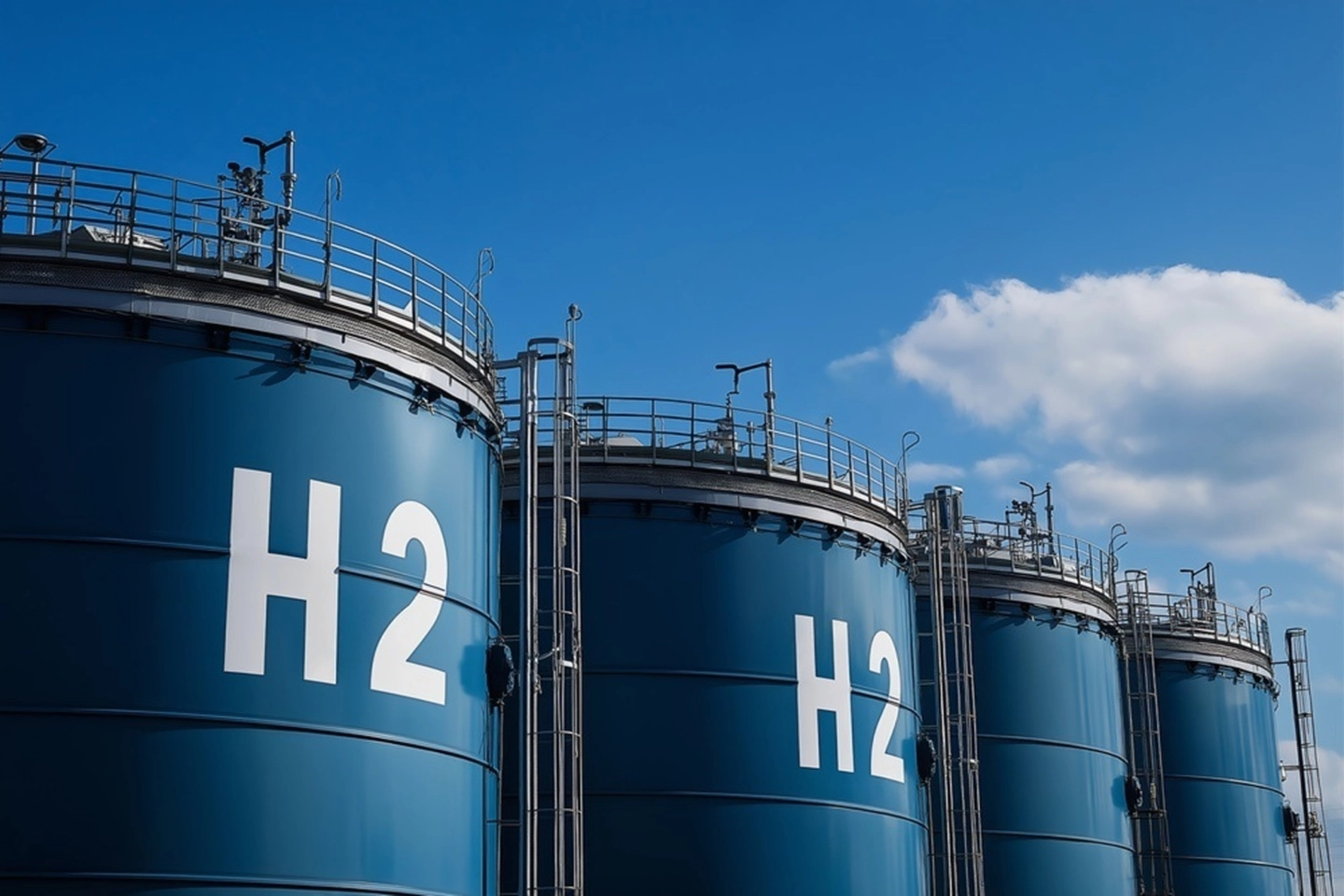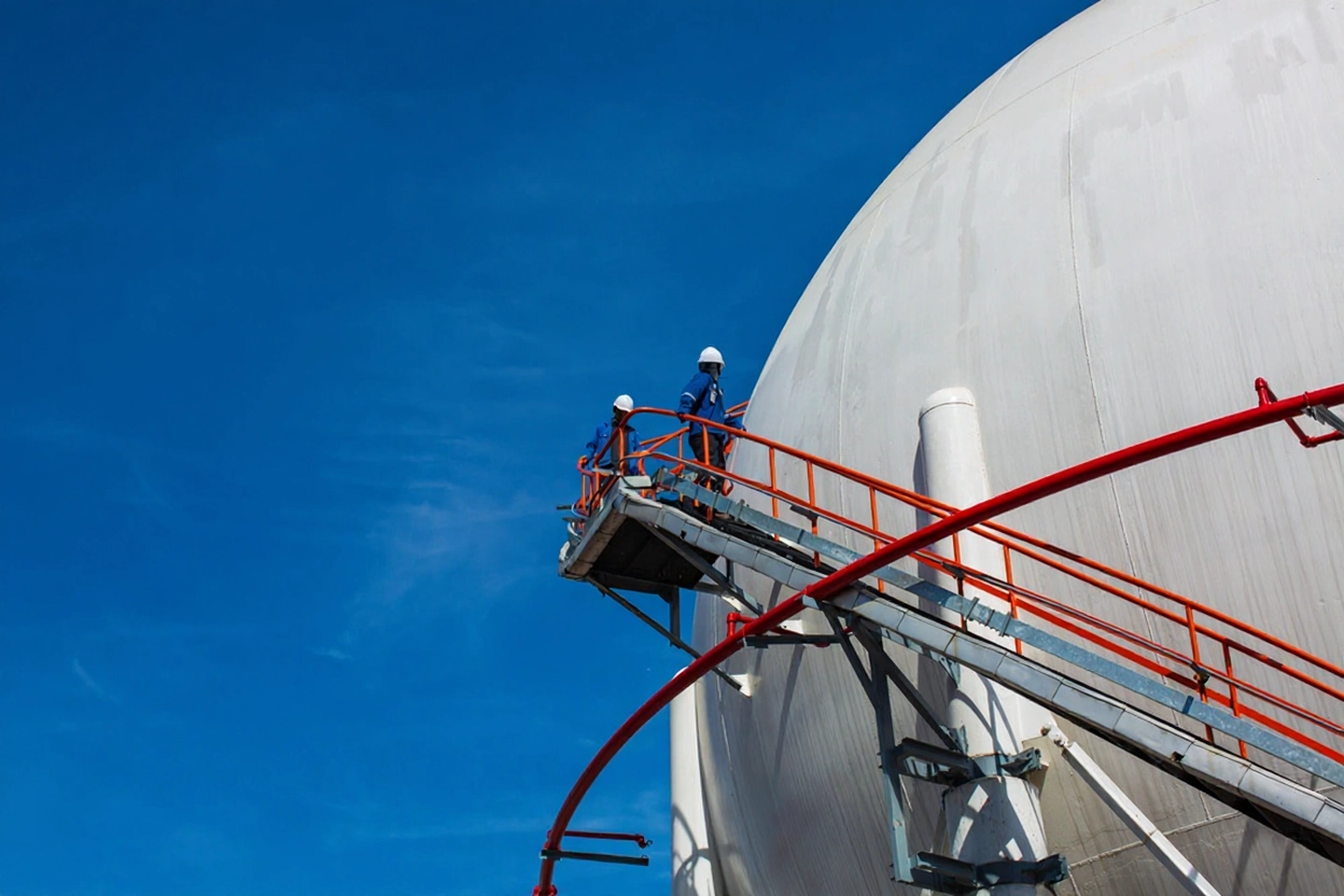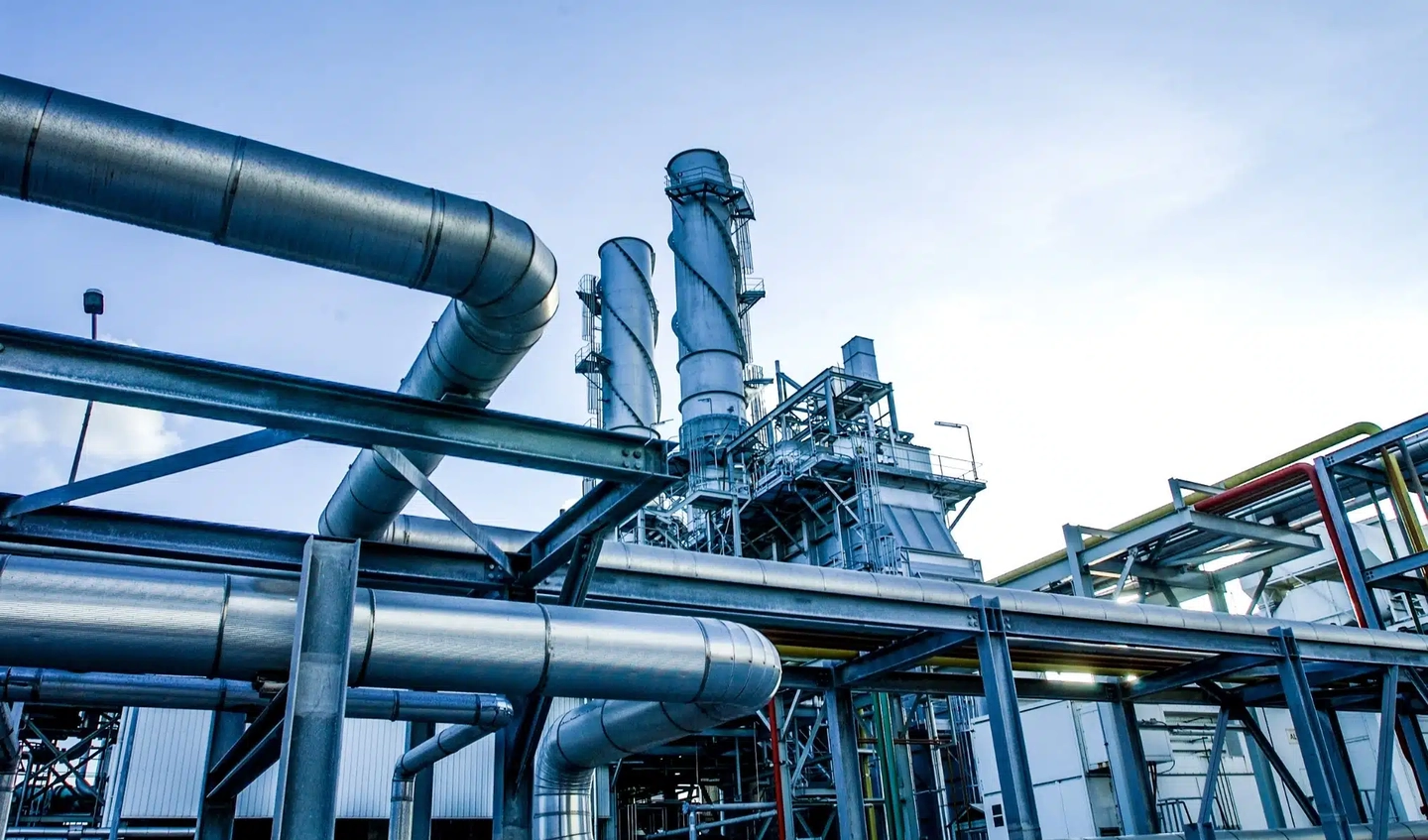Energy storage systems—including hydrogen infrastructure, liquefied natural gas (LNG) transport, and compressed air energy storage (CAES)—rely on complex thermal and pressure processes to manage and move gases. These systems often waste energy during pressure letdown, cooling, or liquefaction steps. Sapphire Technologies’ FreeSpin® In-line Turboexpander (FIT) recovers that lost energy and converts it into clean electricity—improving overall system efficiency and reducing emissions across the storage and distribution cycle.

Recover Clean Energy During Pressure Letdown
Offset Power Loads
- during high-energy steps like hydrogen liquefaction and LNG regasification
Improve Storage Efficiency
- by converting wasted expansion energy into usable electricity
Integrate Seamlessly
- with hydrogen fuel cell systems, CAES applications, and LNG transport networks
Turn expansion losses into power gains.


Energy Recovery in Cryogenic and High-Pressure Systems
Sapphire’s FreeSpin® turboexpander generator captures energy during gas expansion in storage processes such as:
Hydrogen Liquefaction
- FIT is installed after the inversion point to recover power during the cryogenic expansion phase, offsetting compressor energy use
Hydrogen as Storage Medium
- In pressure letdown stages, FIT systems recover energy when hydrogen is depressurized before entering turbines or fuel cells
LNG Regasification
- When LNG is warmed and expanded into its gaseous state, FIT units reclaim a portion of that energy as clean electricity. With its compact, oil-free design and high-speed performance, FIT offers safe, maintenance-free deployment in hazardous and cryogenic environments.
Making Energy Storage More Efficient

Clean Electricity from Expansion
Reclaim energy lost during hydrogen liquefaction, LNG regasification, and pressure letdown processes

Boost Overall System Efficiency
Reduce power demands on compressors and auxiliary systems by capturing expansion energy

Compact and Scalable
FIT’s small footprint and modularity allow it to be deployed across diverse storage and distribution nodes

Supports Energy Transition
Reduces emissions and improves the ROI of storage infrastructure supporting renewables and decarbonization







